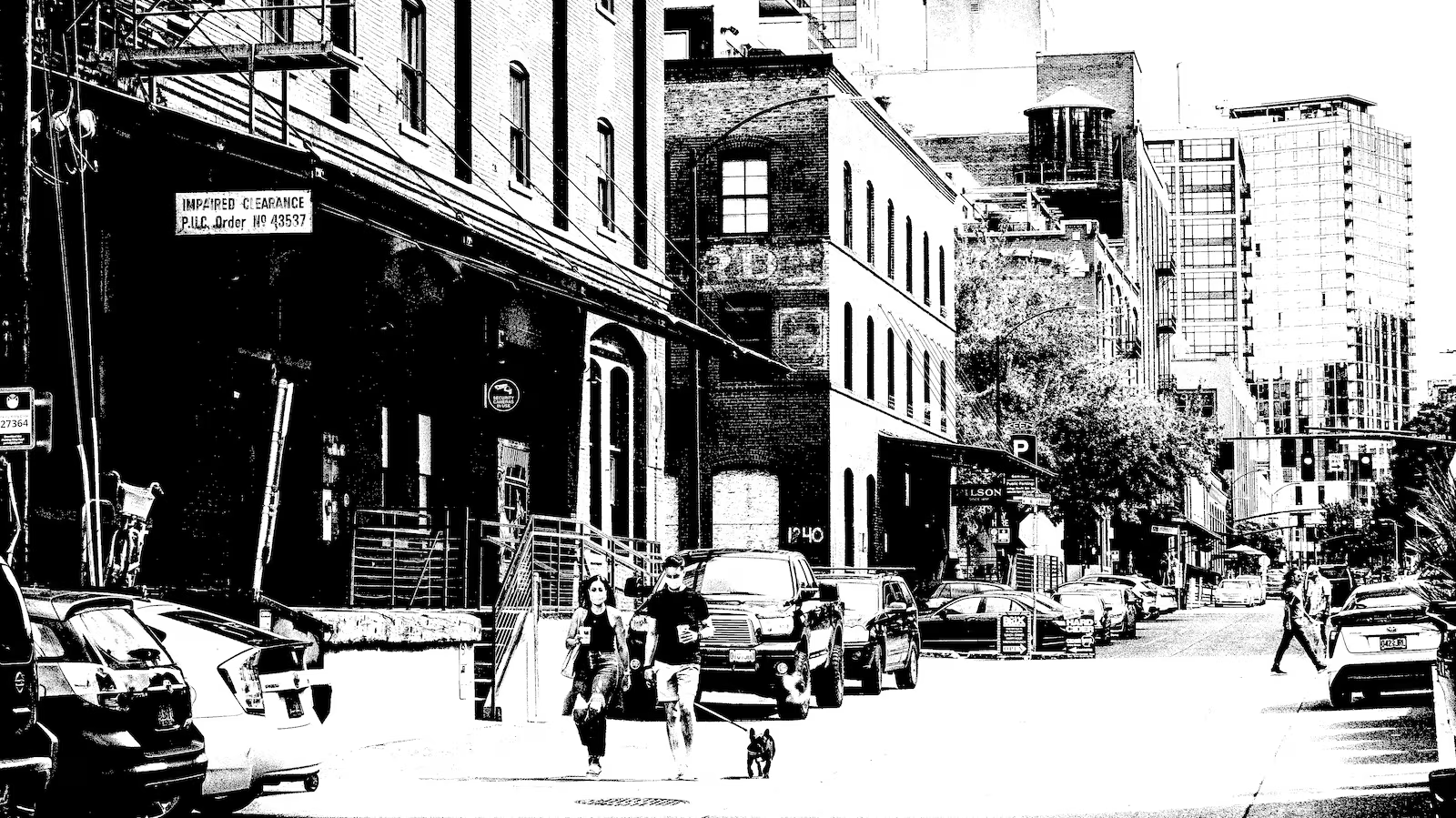PORTLAND, Ore. – Once hailed as Portland’s version of Soho or Gastown, the Pearl District is facing a crossroads. Longtime merchants are weary of crime and vacancy, high-profile businesses have closed their doors, and a major property owner is putting its stake in the neighborhood up for sale.
Crime and Break-Ins Shake Local Businesses
For merchants like Erica Swanson, owner of Tea Bar on Northwest Northrup Street, crime has become a routine cost of doing business. Two years ago, someone shot out two of her café’s massive 10-foot windows, leaving behind broken glass, a bullet casing, and a $10,000 repair bill.
“It wasn’t an isolated incident,” Swanson said, noting repeated burglary attempts since then.
Also Read
Nearby, Mary Ellen MacKay, owner of Kanani Pearl Spa, reported three break-in attempts in 2023. “Up until that point in time, we had no security systems and no problems,” she said. “It’s a sign of the times.”
From Urban Darling to Struggling District
The Pearl District’s transformation from warehouses and rail yards into a gleaming hub of galleries, restaurants, and boutiques was one of Portland’s great urban success stories. Families flocked to Jamison Square, and the bars buzzed with nightlife.
But the pandemic, combined with unrest following the George Floyd protests, disrupted the Pearl’s prosperity. Downtown’s struggles with crime and homelessness crept northward, and marquee closures followed:
-
Starbucks shuttered its 11th and Lovejoy store in 2022.
-
REI closed its 20-year Pearl location in February 2024.
-
Erath Winery shut down its sleek Marshall Street tasting room in 2025.
The same week Erath closed, Mayor Keith Wilson announced plans for a 100-bed homeless shelter just a block away—an announcement that rattled residents and business owners alike.
The High Cost of Doing Business
The Pearl’s challenges are not just about crime or shelter siting—they’re financial too.
Can Font, a Michelin-recognized Spanish restaurant that opened in 2017, closed in May despite strong crowds. Former managing partner Vladimir Zaharchook said high taxes, insurance, and triple-net lease costs made survival impossible.
“Honestly, I don’t know how anyone can survive in the area,” Zaharchook said.
SITE Centers’ Ill-Timed Investment
Much of the Pearl’s retail space is owned by SITE Centers, a real estate investment trust based in Ohio. In late 2019—months before COVID-19 reached the U.S.—SITE Centers purchased 44 storefronts across 10 Pearl condo towers for $50 million.
But SITE Centers has since gained a reputation among tenants for being distant and inflexible.
“When we negotiated our lease, I thought they’d value a longtime tenant,” said Jason Enders, owner of Visage Eyewear, who has operated in the Pearl since 1999. “Instead, they raised the rent with no consideration of the times.”
MacKay, of Kanani Pearl Spa, said previous landlords had been more supportive, even providing stipends for space improvements. “SITE Centers came along, and I felt very disconnected,” she said.
Now, SITE Centers appears ready to leave. The company has listed all 44 storefronts—95,430 square feet in total—for sale, with just 66.4% leased.
Who Will Buy the Blocks?
The Pearl retail collection, dubbed The Blocks, doesn’t fit neatly into SITE Centers’ suburban-focused portfolio. But the sale raises questions: who will step up to buy, and at what price?
Some on Portland’s City Council floated a vacancy tax earlier this year to discourage landlords from holding out for higher rents. The idea has stalled for now, with real estate experts warning it could add another layer of regulation without real benefit.
Swanson is skeptical about who will want to inherit the challenge. “It’s sad to see so many vacant spaces,” she said. “I don’t know who is going to be attracted to buying them.”
A Neighborhood With Deep Roots
The Pearl’s glossy towers and retail strips grew out of decades of planning. In 1987, part of Northwest 13th Avenue was placed on the National Register of Historic Places.
By 1994, developer Homer Williams and Hoyt Street Properties, backed by apartment mogul Joe Weston, began reshaping 40 acres of rail yards into a new residential district with street-level retail.
Later, in 2017, ScanlanKemperBard Cos. and Artemis Real Estate Partners bought many of the retail spaces for around $35 million and sold them to SITE Centers 30 months later for $50 million.
“It was a pretty good deal,” recalled SKB president Todd Gooding. “We were fortunate.”
Longtime developer Tiffany Sweitzer, president of Hoyt Street since 2000, said the Pearl was always envisioned as a lively, mixed-use district. “We knew we needed the vibrancy of retail,” she said.
Shelter Plans Add Tension
The city’s decision to open a 100-bed homeless shelter in the Pearl has added another layer of tension. Business owners fear it will worsen crime and drug use in a neighborhood already struggling to recover.
Sweitzer voiced frustration with the city’s model of limited-hour shelters. “You don’t put people in a shelter from 7 p.m. to 7 a.m. and then throw them back on the street,” she said. “What does that do to a neighborhood?”
Resilience Amid Decline
Despite the closures and vacancies, some merchants remain determined. “We have to give medals to the people who are left, whose doors are still open,” Zaharchook said. “It’s so much trouble.”
Still, many business owners feel unsupported—by landlords, by the city, and by an economy that no longer favors small-scale retail.
For now, the Pearl District stands at a turning point: once Portland’s brightest urban success story, it is now a testing ground for how the city balances housing, homelessness, business viability, and community vibrancy.












